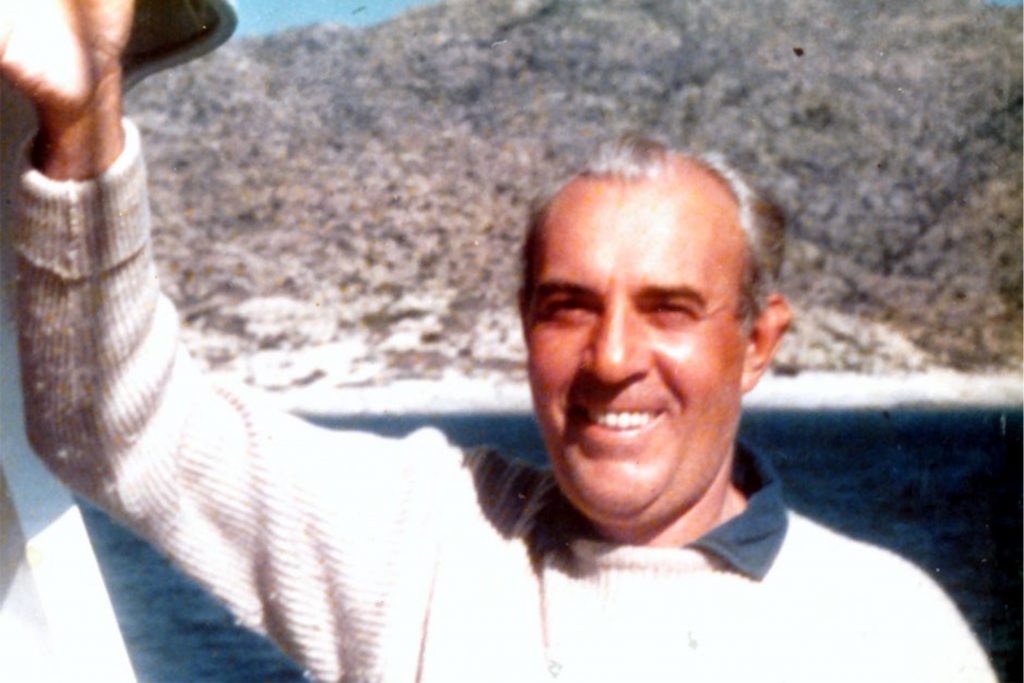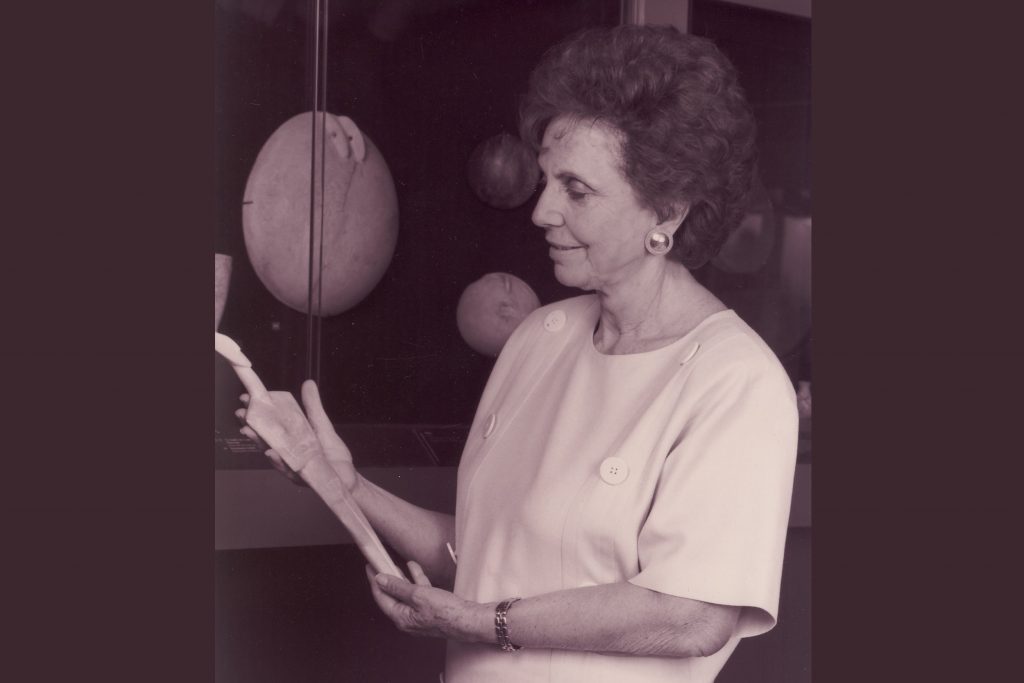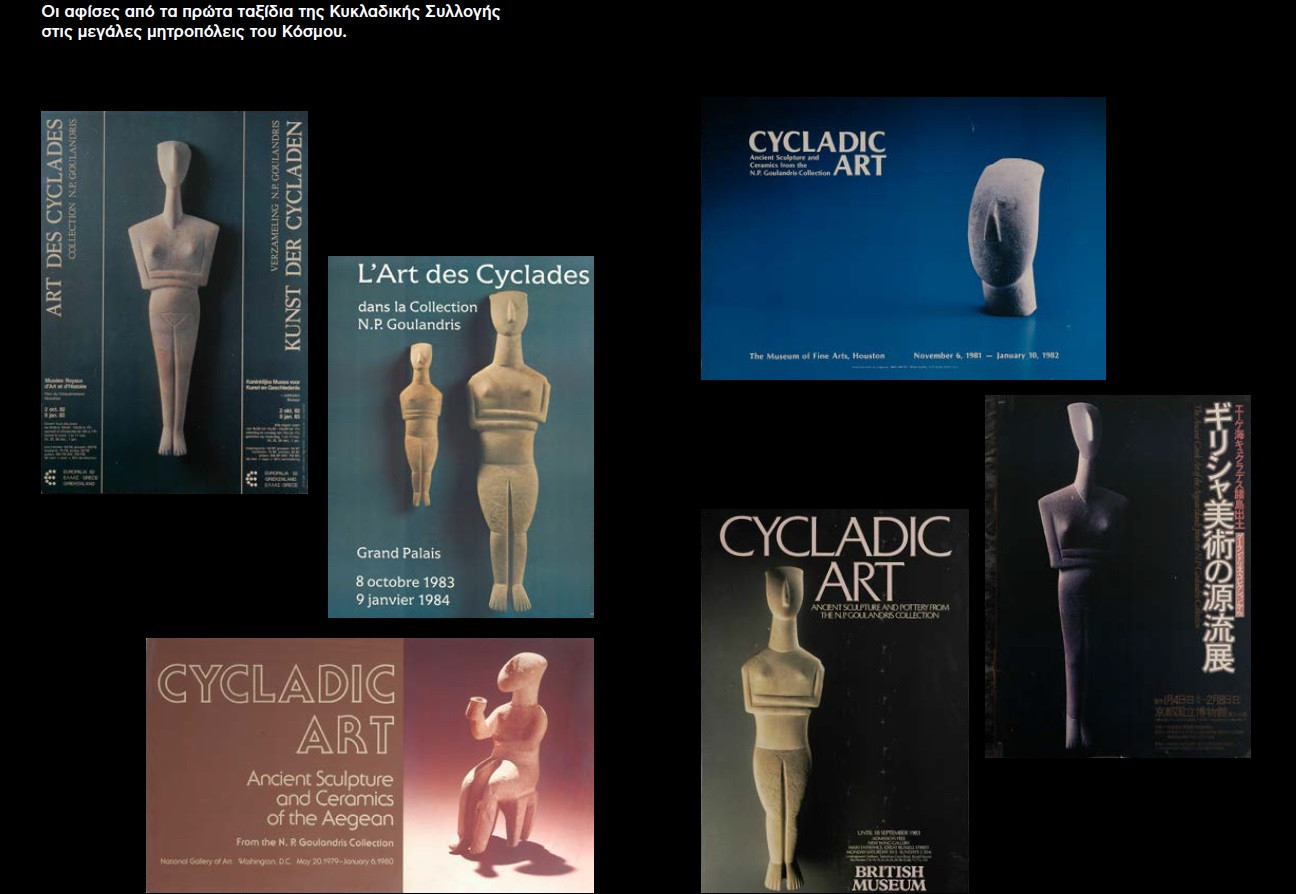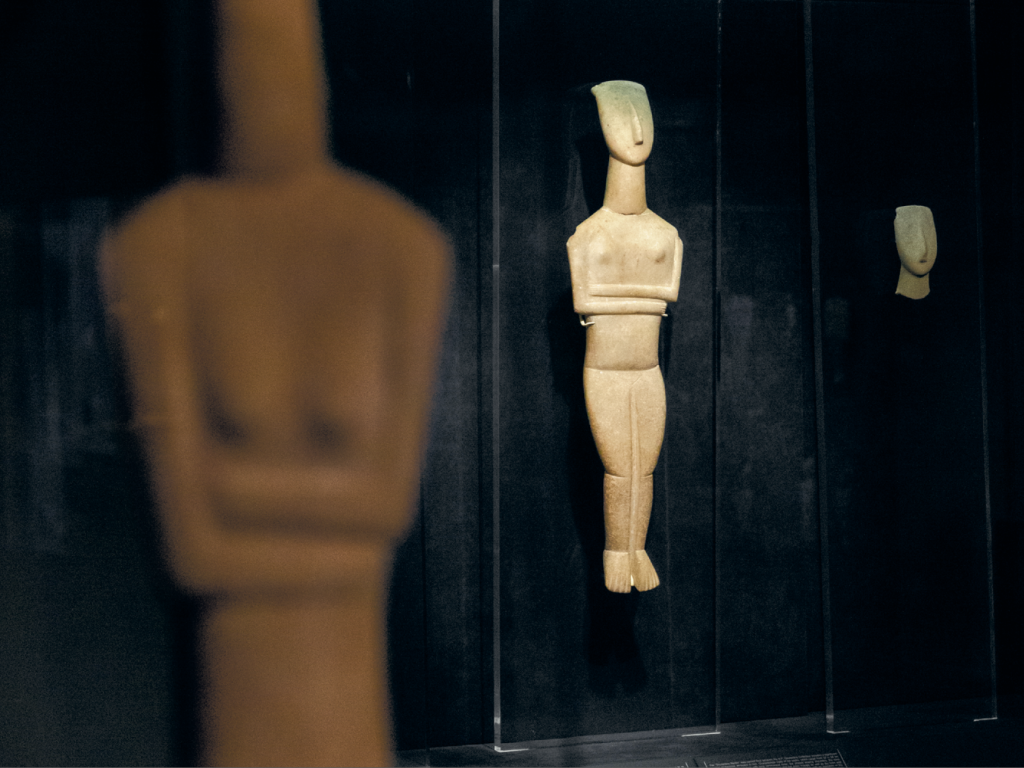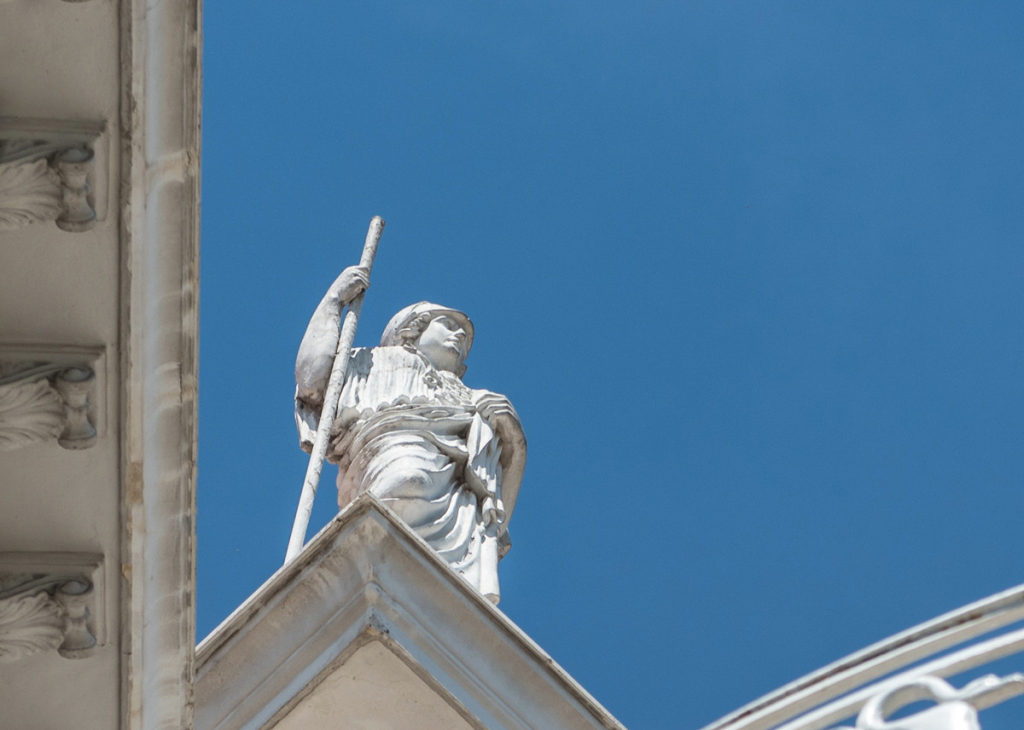The Founders
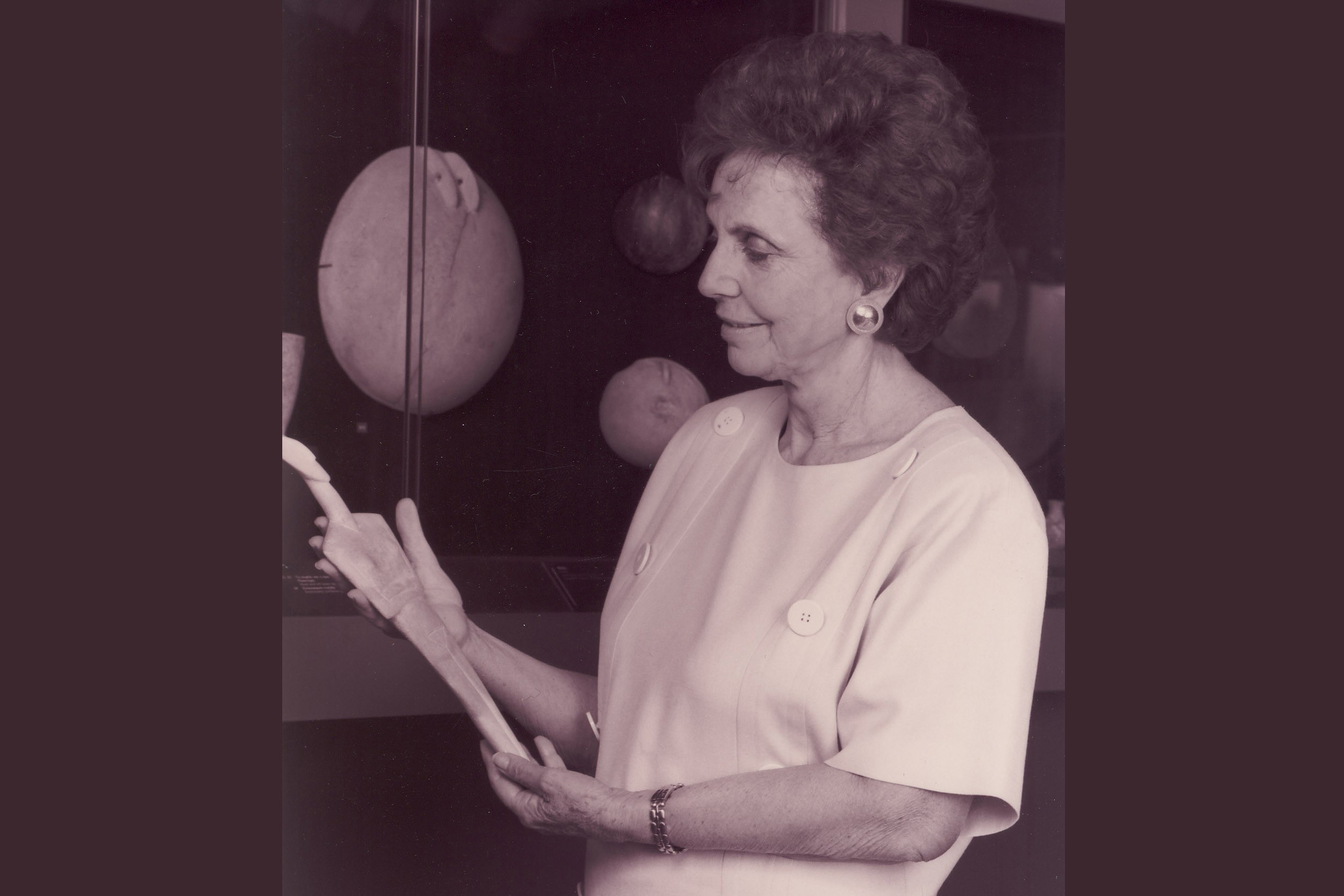
Since then, the Museum has developed into a living cultural institution of international scope and renown, focusing on the promotion of the ancient civilizations of the Aegean and Cyprus, with particular emphasis on Cycladic art of the 3rd millennium BC.
Nikolaos and Dolly Goulandris obtained an official collector’s license in the early 1960s. Over time, they created an important collection, which included impressive creations of Early Cycladic art, Minoan and Mycenaean antiquities, an important collection of jewellery and other artefacts of the Geometric period, and numerous decorated vases of the Archaic and Classical periods.
HONORARY DISTINCTIONS
1963
1978
1981
1983
1987
1996
1997
1999
2000
2003
2004
2008
THE FIRST CATALOGUE
The first catalogue of the Cycladic Collection, published in 1968, was a sensation in the scientific community. In 1978, selected pieces of Cycladic and ancient Greek art were displayed at the Benaki Museum. According to Dolly Goulandris, it was then that “the idea to create a dedicated space for housing the collection, so that it is accessible to all” was born.
A year later, the collection’s first exhibition abroad was hosted at the National Gallery of Art in Washington, DC, followed by an impressive series of exhibitions in major cities worldwide: Tokyo (National Museum of Western Art), Kyoto (National Museum), Houston (The Museum of Fine Arts), Brussels (Musées royaux d’Art et d’Histoire), London (The British Museum), Paris (Galeries nationales du Grand Palais), and New York (Onassis Foundation). Exhibitions abroad continued after the founding of the Museum of Cycladic Art, with major exhibitions held at Madrid (Museo Nacional Centro de Arte Reina Sofia), Rome (Musei Capitolini), Beijing (Beijing Art Museum of Imperial City), and Istanbul (Sakip Sabanci Museum).
THE COLLECTIONS
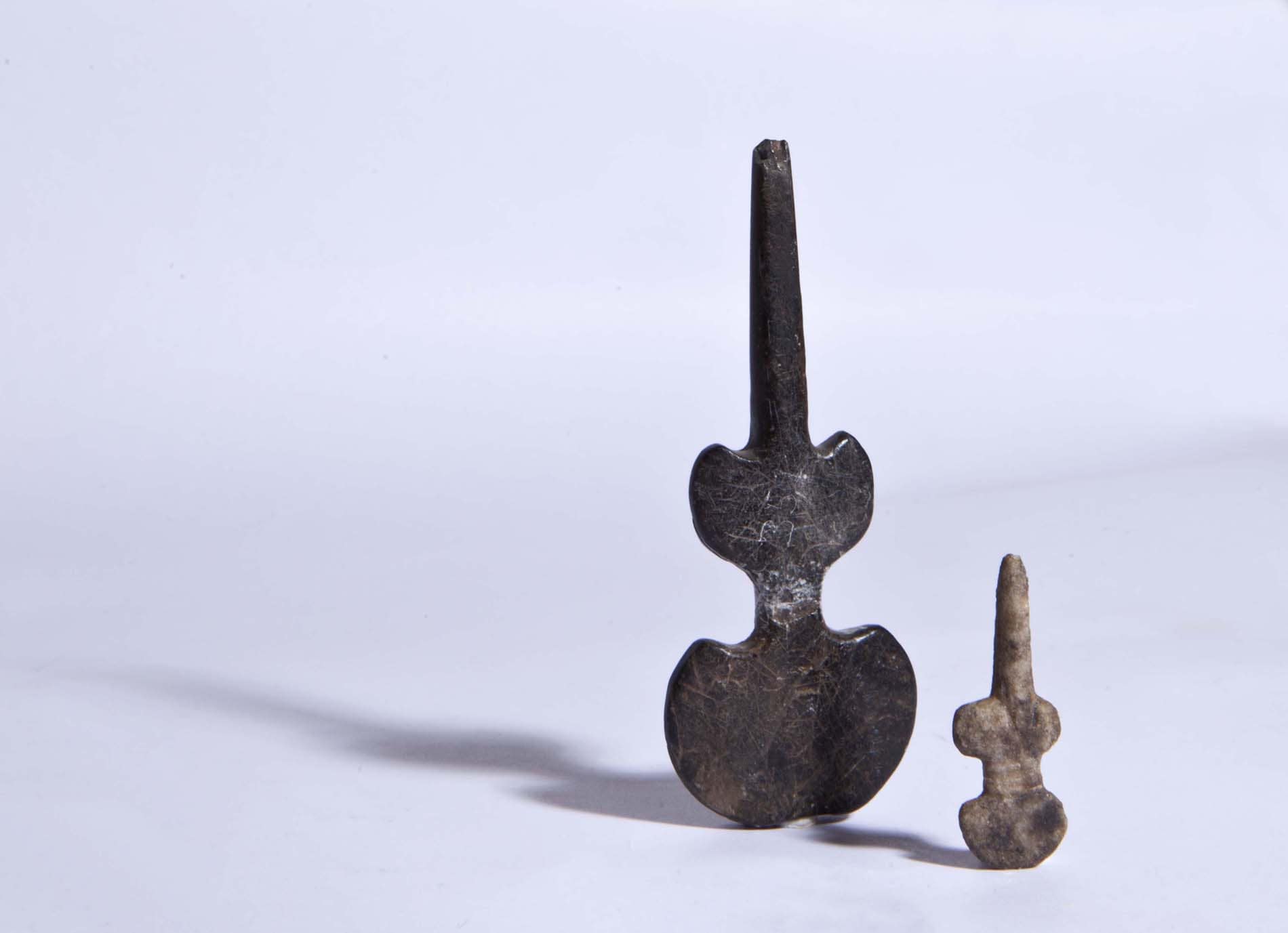
In 1981, Nikolaos and Dolly Goulandris decided to establish a museum to permanently house and display their collection, as well as a foundation for the systematic study of Aegean cultures. In 1985, the N. P. Goulandris Foundation was born with the purpose of furthering “the study and promotion of the Aegean Civilization and Greek prehistoric, Classical, and contemporary art”. The Museum of Cycladic Art was founded on 26 January 1986. Nikolaos and Dolly Goulandris donated their entire collection to the Museum.
In the following years, the Museum’s collections expanded significantly through purchases and repatriations of antiquities from abroad, purchases from other collectors, donations, and long-term loans. Of particular importance was the long-term loan of the Thanos N. Zintilis Collection of Cypriot Antiquities (2004) and of the collections of the Academy of Athens, Emporiki Bank, and Karolos Politis.
The enrichment of the collections, the hosting of important temporary exhibitions, and the public’s love for the Museum’s educational programmes created the need for repeated building extensions. The Main Building, at 4, Neofytou Douka Street, which houses the Museum’s permanent collections, was completed by Ioannis Vikelas in 1985. In 1991, the Museum was granted the use of the Stathatos Mansion by the Greek State. Designed by the Bavarian architect Ernst Ziller, the Stathatos Mansion is one of the most important examples of 19th-century Neoclassical architecture in Athens. In 2006, the Museum of Cycladic Art was expanded with the addition of the Dolly Goulandris Wing, which now hosts temporary exhibitions and the Museum’s Educational Department.
Today, the Museum houses one of the most extensive private collections of Cycladic art in the world, with representative specimens of the world-famous Cycladic marble figurines. The Museum’s permanent collections include 3000 Cycladic, ancient Greek, and ancient Cypriot artefacts, evidence for the civilizations that flourished in the Aegean and the Eastern Mediterranean from the 4th millennium BC to approximately the 6th century AD.

